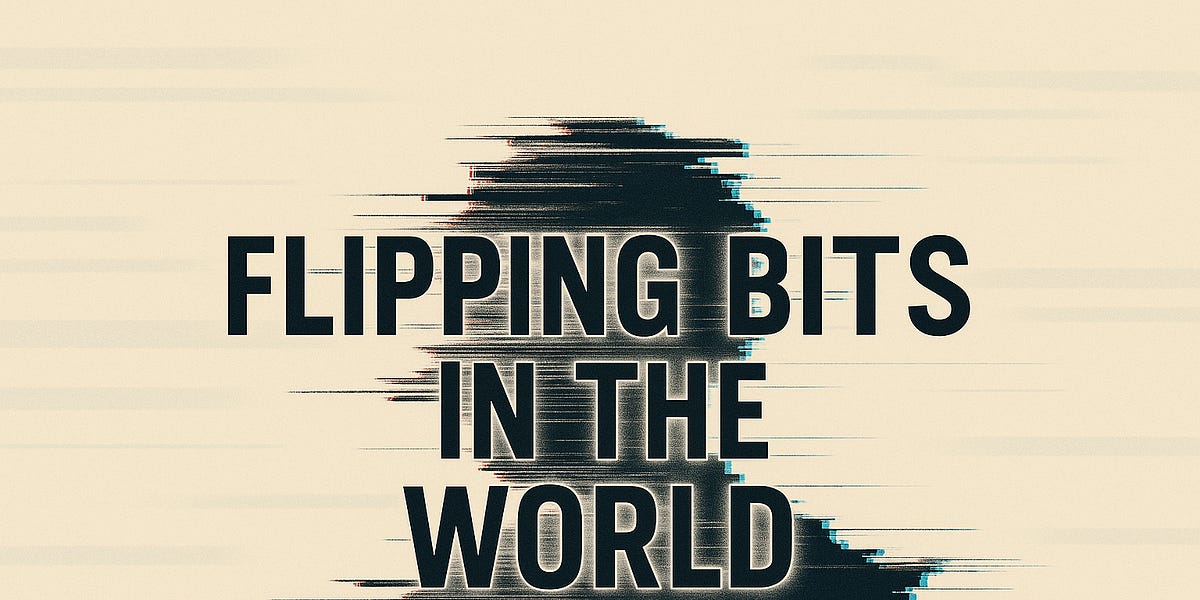Get the latest tech news
Watching the World in a Dark Room: The Early Modern Camera Obscura
Centuries before photography froze the world into neat frames, scientists, poets, and artists streamed transient images into dark interior spaces with the help of a camera obscura. Julie Park explores the early modern fascination with this quasi-spiritual technology and the magic, melancholy, and dream-like experiences it produced.
A spiritual dimension inheres in this experience: the notion of illumination via obscuration that surrounds the early modern camera obscura carries remnants of the medieval period’s approach to darkness as the medium for perceiving the glorious light of God. Illustration of a camera obscura arranged to “rectify” the image of a monument or landscape, from Edmund Atkinson’s Natural Philosophy for General Readers and Young Persons(1875), a translated abridgement of Adolphe Ganot’s Cours élémentaire de physique(1851) — Source. Horace Walpole wrote enthusiastically to William Mason in 1777 about the way a portable camera obscura makes “such pictures as you never saw” and turned the very rooms and furnishings of his home into “Arabian tales”: “It improves the beauty of trees,—I don’t know what it does not do”.
Or read this on Hacker News


